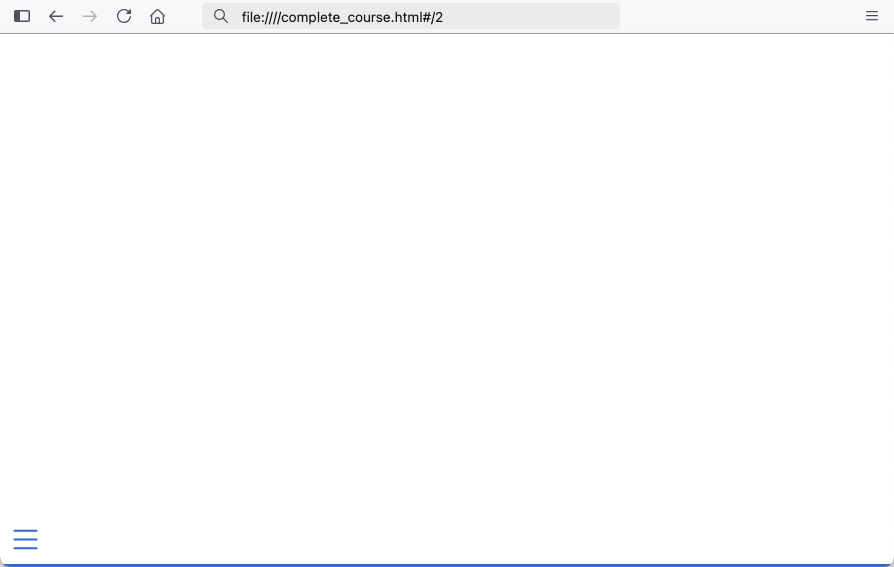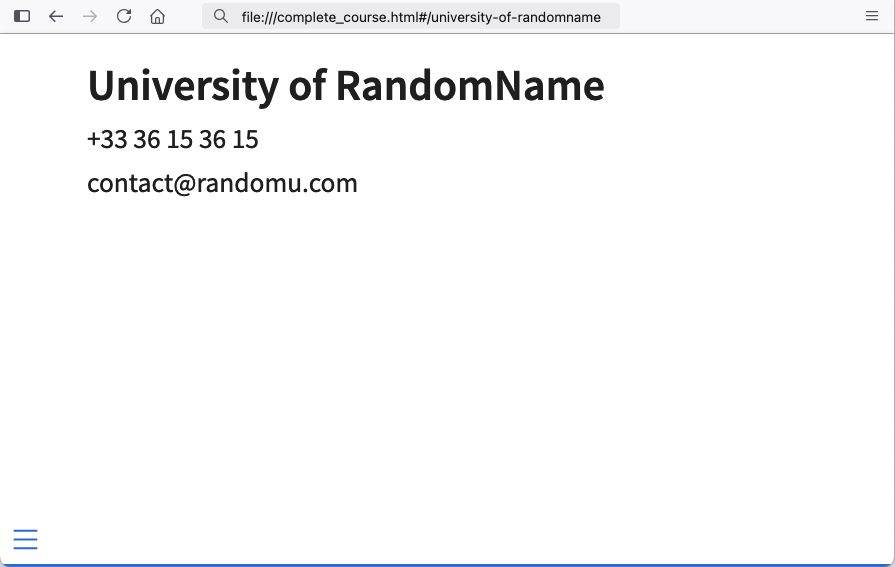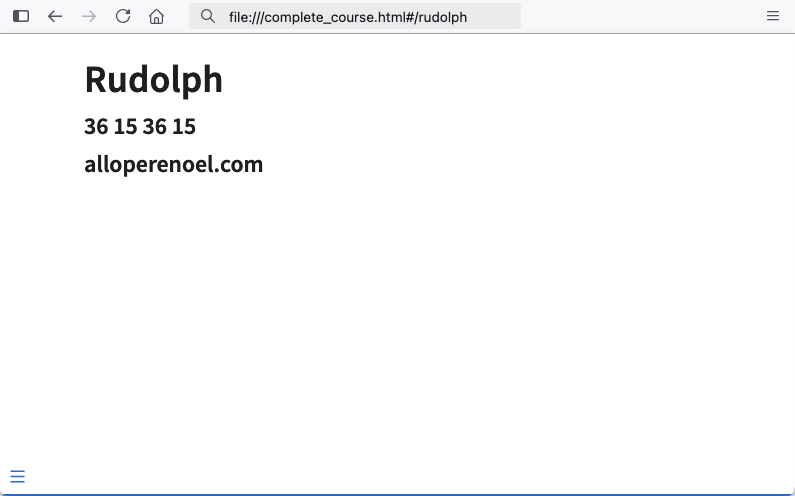
Using personnalised template
Source:vignettes/advanced-usage-template.Rmd
advanced-usage-template.RmdAdding fixed elements in template
By default, squash will include your quarto chapters into a minimal template with no extra slide other than the title one and an empty last slide.
You can provide a personalized template, with additional content.
The only requirement for your template is to keep the
{{ include_html_content }} placeholder, as it will be the
landing spot for including the chapter slides.
Let’s change from using the default template (left) to this personalized template (right).
To do so, I provide the path to my template to the
template parameter.
library(squash)
html_output <- compile_qmd_course(
vec_qmd_path = qmds,
output_dir = temp_dir,
output_html = "complete_course.html",
template = "path/to/template.qmd"
)Now, all compilations with this new template will end with my custom last slide!
default last slide

personalized last slide

Adding variable elements in template
Let’s spice it up, what if I want to change contact details for each
of my presentations. In that case, no need for a pile of custom
templates, you can add custom placeholders with the
{{ element }} syntax.
You can fill their value through the template_text
parameter. Fell free to add as many new placeholders as you wish, as
long as you provide them all with a value in the
template_text input.
Again, you also need to keep the
{{ include_html_content }} placeholder somewhere inside
your template.
Let’s use the following template and compile command line.
personalized template
command line
library(squash)
html_output <- compile_qmd_course(
vec_qmd_path = qmds,
output_dir = temp_dir,
output_html = "complete_course.html",
template = "path/to/template.qmd",
template_text = list(
"trainer" = "Rudolph",
"phone" = "36 15 36 15",
"mail" = "alloperenoel.com"
)
)I have three placeholders in my last slide:
- the slide chapter name will refer to
trainer - two lines styled in bold will refer to
phoneandmail
I fill them up with the template_text list values, and
obtain the following last slide:
personalized last slide

Cool thing is that, I can now re-use the same template and adapt last slide content by simply adjusting the command line parameters.